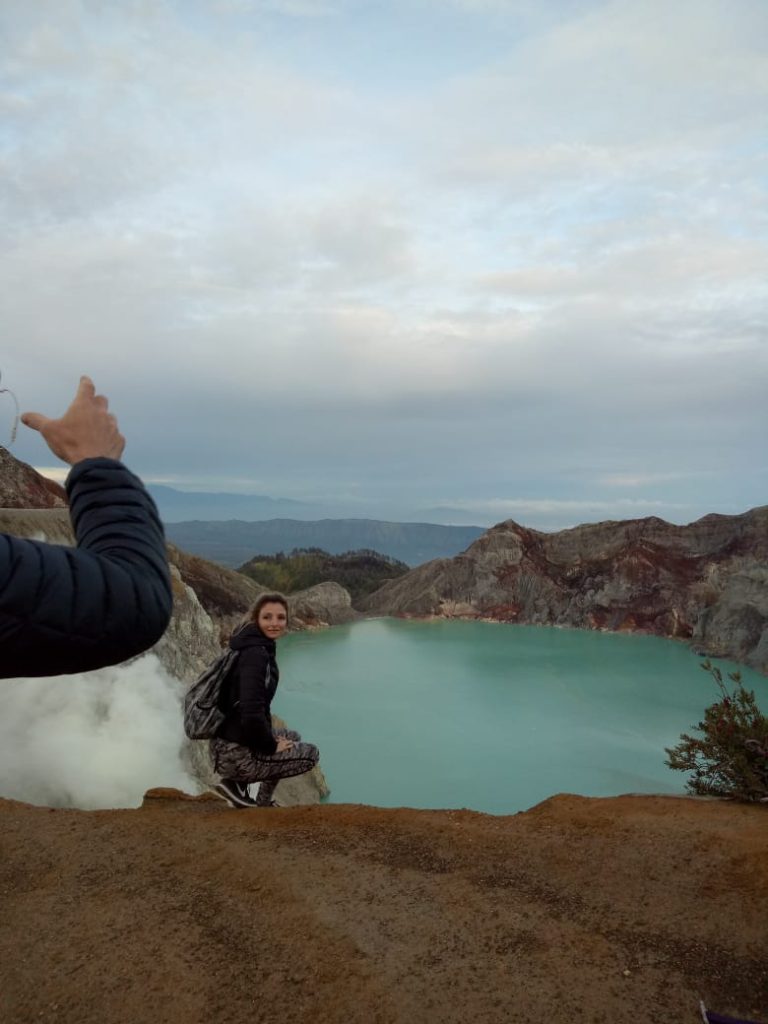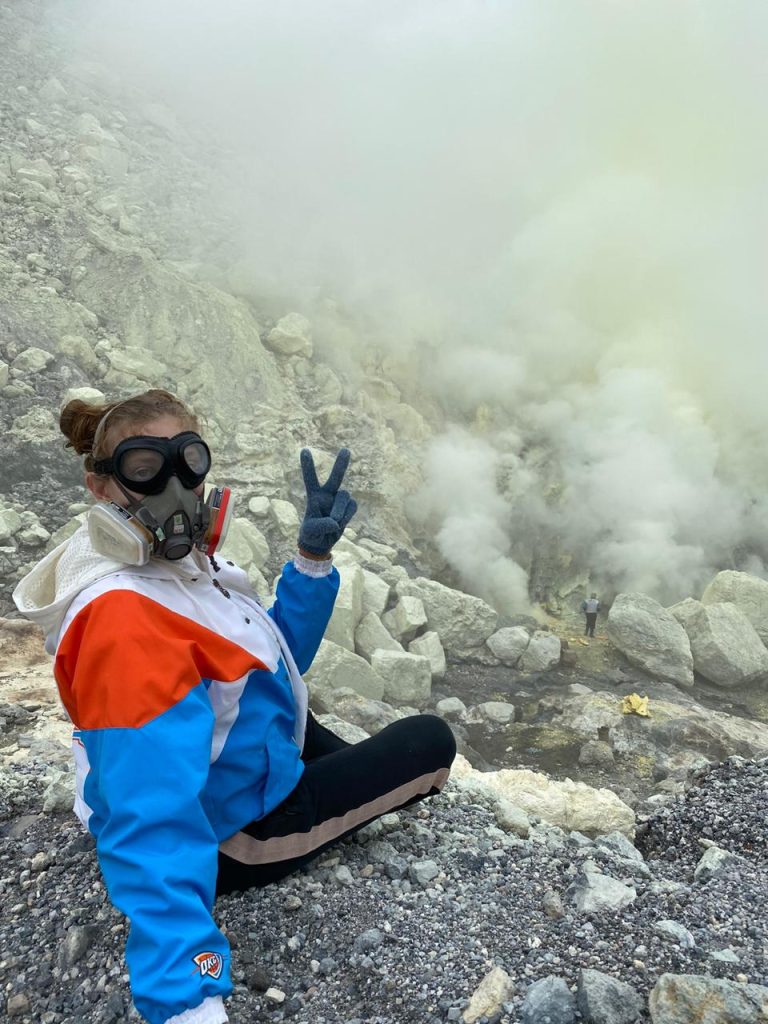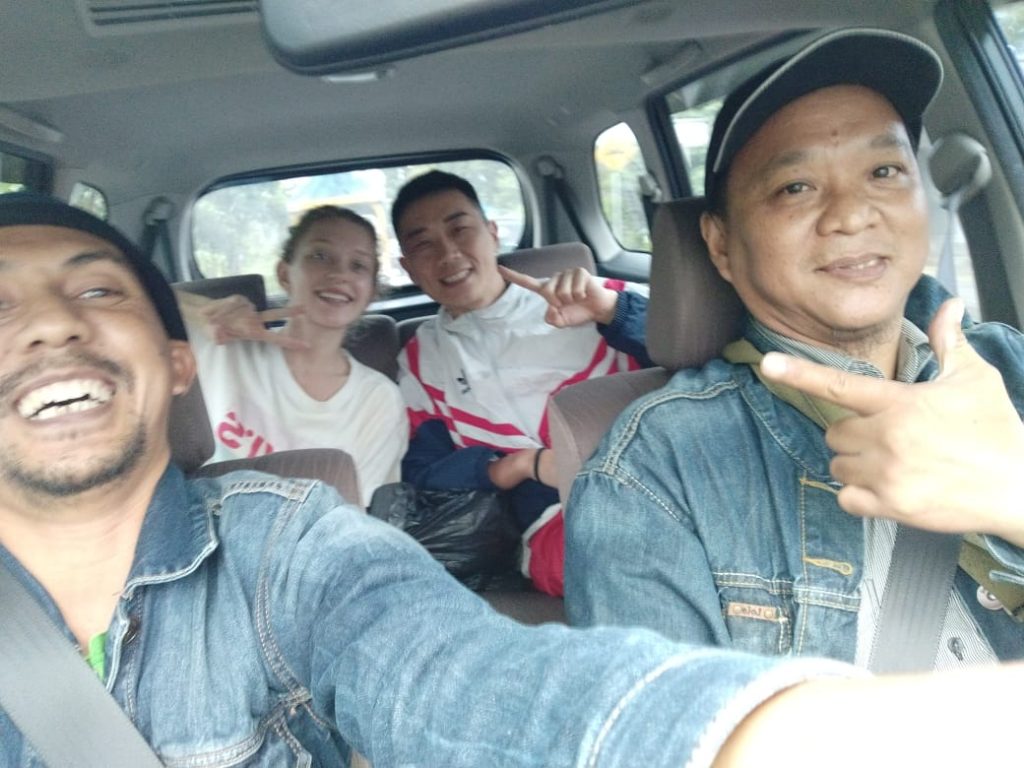Introduction to Kawah Ijen and Its Unique Blue Fire Phenomenon

Kawah Ijen, a renowned volcanic crater located in East Java, Indonesia, is a geological wonder that attracts adventurers and nature enthusiasts from around the world. This volcanic landscape is particularly famous for the Blue Fire Phenomenon, a natural spectacle that is only visible in a few places on Earth. In this guide, we provide a comprehensive look into the Kawah Ijen adventure, from understanding the blue fire phenomenon to preparing for the trek and exploring the area’s unique sulfur mining history.
The Science Behind the Blue Fire Phenomenon
The blue fire at Kawah Ijen is a result of ignited sulfuric gases that emerge from cracks in the volcano. As these gases make contact with the air, they combust, producing a mesmerizing blue flame. This phenomenon is most visible in the early hours before dawn, offering a surreal experience as travelers witness the flames illuminating the darkness.

While many people associate blue flames with traditional fire, Kawah Ijen’s blue fire is actually a chemical reaction. Sulfur combusts when it reaches temperatures of over 360°C (680°F), causing it to burn with an eerie blue hue. This rare phenomenon has only been observed in a handful of places globally, making Kawah Ijen a bucket-list destination for explorers.
Preparing for Your Kawah Ijen Adventure
1. When to Visit Kawah Ijen
The best time to explore Kawah Ijen is during the dry season, which generally runs from May to September. During this period, the trails are less muddy and visibility is clearer, providing an optimal experience. Trekking in the rainy season can be challenging due to slippery paths and limited visibility.

2. Getting to Kawah Ijen
Kawah Ijen is accessible from nearby cities such as Banyuwangi and Bondowoso. Most visitors start their journey from Banyuwangi, located about 38 kilometers from the crater. Travelers can reach Banyuwangi by plane, train, or bus, and then hire a car or join a tour to the base of Kawah Ijen. Guided tours are available for those who prefer a structured experience, ensuring safe transport and experienced guides to lead the way.
3. Essential Gear for the Kawah Ijen Trek
For a successful and safe adventure, here’s a list of essentials:

- Protective Gas Mask: Sulfuric fumes can be harmful, so a gas mask is crucial for respiratory protection.
- Headlamp or Flashlight: The trek to view the blue fire starts in the early hours of the morning, so a reliable light source is essential.
- Warm Clothing: Temperatures can drop significantly at night and early morning, so layering up is advisable.
- Comfortable Hiking Shoes: The rocky terrain requires sturdy footwear to navigate safely.
Trekking to the Crater: A Step-by-Step Guide

Starting the Journey in the Early Morning
The trek begins around 1 a.m. to ensure travelers reach the crater before sunrise when the blue flames are most visible. Starting from the base, the journey to the top of Kawah Ijen takes about 1.5 to 2 hours, covering approximately 3 kilometers. The trail is moderately challenging, with steep inclines in certain areas, making it essential to pace oneself and stay hydrated.
The Final Descent into the Crater

Upon reaching the crater rim, hikers have the option to descend into the crater itself. This descent takes around 45 minutes and offers a closer view of the blue fire. However, the descent can be strenuous and requires careful navigation over rocky terrain. At the base of the crater, visitors can see the flames up close and witness the work of local sulfur miners.

Understanding the Sulfur Mining Tradition at Kawah Ijen
Kawah Ijen is not only a site of natural beauty but also a place where local miners extract sulfur. These miners carry heavy loads of sulfur from the depths of the crater to the rim and down the mountain, a labor-intensive process that has been passed down through generations. Their work is dangerous and physically demanding, as they are exposed to sulfuric gases without extensive protective equipment.

Sulfur mining here is a testament to the resilience of the local community, and many visitors leave with a sense of admiration for these hardworking individuals. Supporting local businesses in the area, purchasing souvenirs, or tipping guides is a meaningful way to contribute to the community.
Safety Tips for Your Kawah Ijen Adventure
While Kawah Ijen is an awe-inspiring destination, it is essential to take safety precautions due to the presence of sulfuric gases and rugged terrain. Here are some crucial safety tips:

- Always Wear a Gas Mask: The gases near the crater can be harmful, especially during the descent. Ensure your gas mask is properly fitted.
- Follow Your Guide’s Instructions: If you’re part of a guided tour, listen closely to the guide’s advice, especially when descending into the crater.
- Limit Exposure to Sulfur Fumes: Even with a gas mask, it’s best to avoid prolonged exposure to sulfuric gases to prevent respiratory discomfort.
- Stay on Designated Trails: Straying from the paths can be dangerous. Stick to marked trails to avoid accidents.
- Bring Ample Water and Snacks: The trek can be physically demanding, so staying hydrated and nourished is essential.
Additional Attractions Near Kawah Ijen
1. Baluran National Park
Located within a few hours of Kawah Ijen, Baluran National Park is known as the “Little Africa” of Indonesia, featuring a stunning savanna landscape, diverse wildlife, and the chance to see buffalo, deer, and various bird species. Kawah Ijen Blue Fire Adventure

2. Banyuwangi’s Beaches
Pulau Merah and Pantai Boom are some of Banyuwangi’s beautiful beaches, ideal for relaxing after an adventure at Kawah Ijen. The clear waters and pristine sands offer a peaceful retreat and a chance to unwind.
3. Mount Bromo
For those eager for more volcanic adventures, Mount Bromo is another popular destination within East Java. Known for its surreal sunrise views, Bromo provides a contrasting experience to Kawah Ijen and completes the ultimate East Java volcanic tour.
Kawah Ijen Blue Fire Adventure Team

More detail : Our Channel and more article
Conclusion
Kawah Ijen offers a unique combination of natural beauty, scientific intrigue, and cultural significance. From the ethereal blue flames to the rich traditions of sulfur mining, a visit to Kawah Ijen is more than just an adventure—it’s a journey into the heart of East Java’s volcanic landscape. Proper preparation, safety precautions, and respect for the local environment and community will ensure a fulfilling and memorable experience. Kawah Ijen Blue Fire Adventure

With over a decade of experience in the tour and travel industry, the founder of balibiru.com has dedicated their career to providing exceptional travel experiences to guests from all over the world. Since 2010, they have served hundreds of satisfied customers, crafting memorable tours across Bali, Lombok, Ijen, and Bromo.
Passionate about showcasing the beauty and culture of Indonesia, the author combines deep local knowledge with a commitment to customer satisfaction. Whether it’s arranging thrilling water sports, organizing unforgettable weddings, or facilitating seamless travel logistics, their expertise ensures every guest enjoys the best of Indonesia’s diverse landscapes and attractions.
Their dedication to quality service and personalized experiences has earned them a reputation as one of the most trusted names in Bali’s travel industry.

